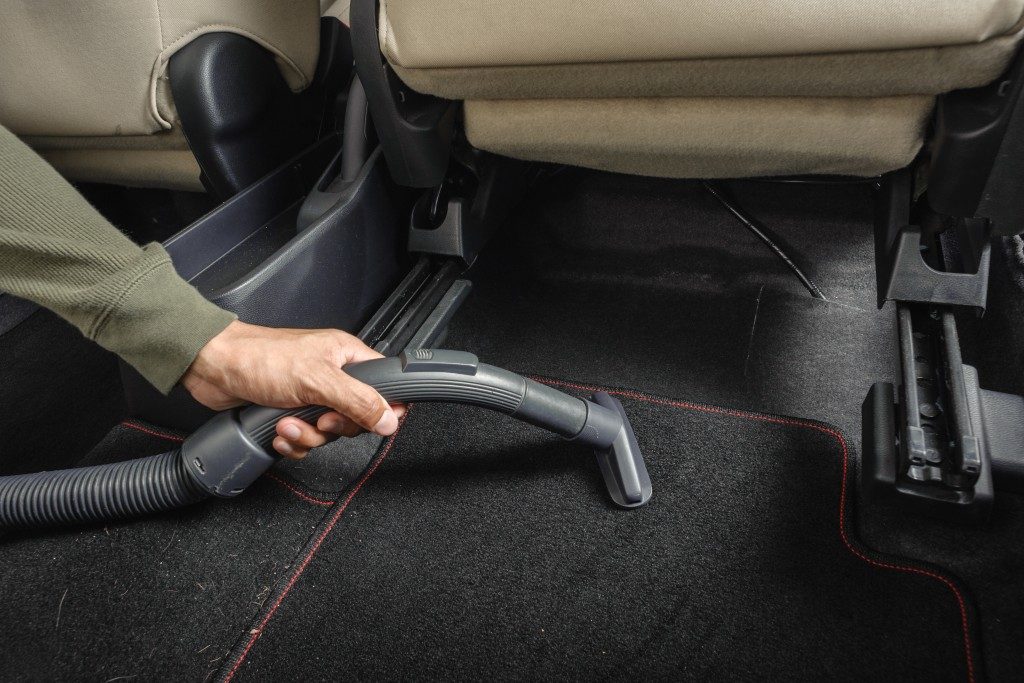Unless you’re living under a rock, you probably already know what a vacuum is. Even if you don’t use one at home, it’s highly likely that you’ve seen or read about it and are basically aware of how this contraption works.
However, did you know that the same suctioning mechanism used by vacuums is also applied to the priming of piping systems? Indeed, both commercial and government-owned water supply systems that deal with transporting and circulating this essential liquid can be primed the same way a vacuum cleaner functions.
Below, we’ll explore vacuum priming systems and how they are utilized to improve contemporary water piping systems in numerous industrial locations.
Vacuum Priming Systems
These are specifically designed for resolving issues that arise when the water reservoir is located below the pumps, such as in the case of a catch basin, water inlet, or lake. Therefore, the turbine and centrifugal pumps need to be primed using a system that allows water to be pushed up from the source.
To simplify, imagine how drinking from a straw works. By sipping, you produce a suction or pressure that drives the beverage to be drawn upwards. The air movement is what makes the drink go up. In the same manner, vacuum priming systems use a force to lift up or “suck” the water to an elevated position.
System Components
There are various vacuum priming system designs, which are suited for different applications with distinct requirements. The primary components found in such systems are vacuum pumps, priming valves, control panels, and air receivers.
The most commonly manufactured vacuum priming system designs are simplex and duplex, which come with a liquid ring or rotary vane vacuum pumps. As for the control panels, fully automatic types are popular but manual controls are also widely available.
The Priming Process
We’ve already mentioned priming, but what exactly is this process and how does it work in detail? Priming is conducted prior to the operation of a system. In this process, the pumps are filled with fluid, which is relatively easy and simple if the water source is situated above the pump. As explained, it’s when the reservoir is located below the pumps that priming becomes more complicated and elaborate.
To resolve this, many methods are sought to, such as the excavation of the site or the incorporation of pump technologies. These can be costly since they’ll require frequent pump replacements or worse, aren’t usually as reliable as the expenses may insinuate.
Therefore, a lot of industrial operators and engineers seek priming systems that are more efficient and utilize more affordable pump technologies that don’t entail inconvenient start-up procedures.
Industries

In what industrial settings do priming systems need to be installed? Well, common installations are done in wastewater treatment plants, private or public water plants, agricultural irrigation systems, siphon control, power plants, and even steel mills. However, they are also used extensively in marine applications, as well as systems in ships — both naval and commercial. Lastly, smaller structures such as aquariums and fountains also use vacuum priming systems.
The Takeaway
Mankind is indeed ingenious and creative. People have come up with solutions for problems of different difficulty levels, from developing vacuum cleaners to removing dirt and then progressing to applying the same principle to bigger issues such as water supply distribution. In the future, we can only hope and expect that other large problems in our communities will be successfully resolved.

